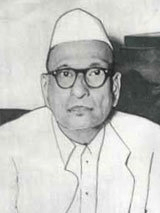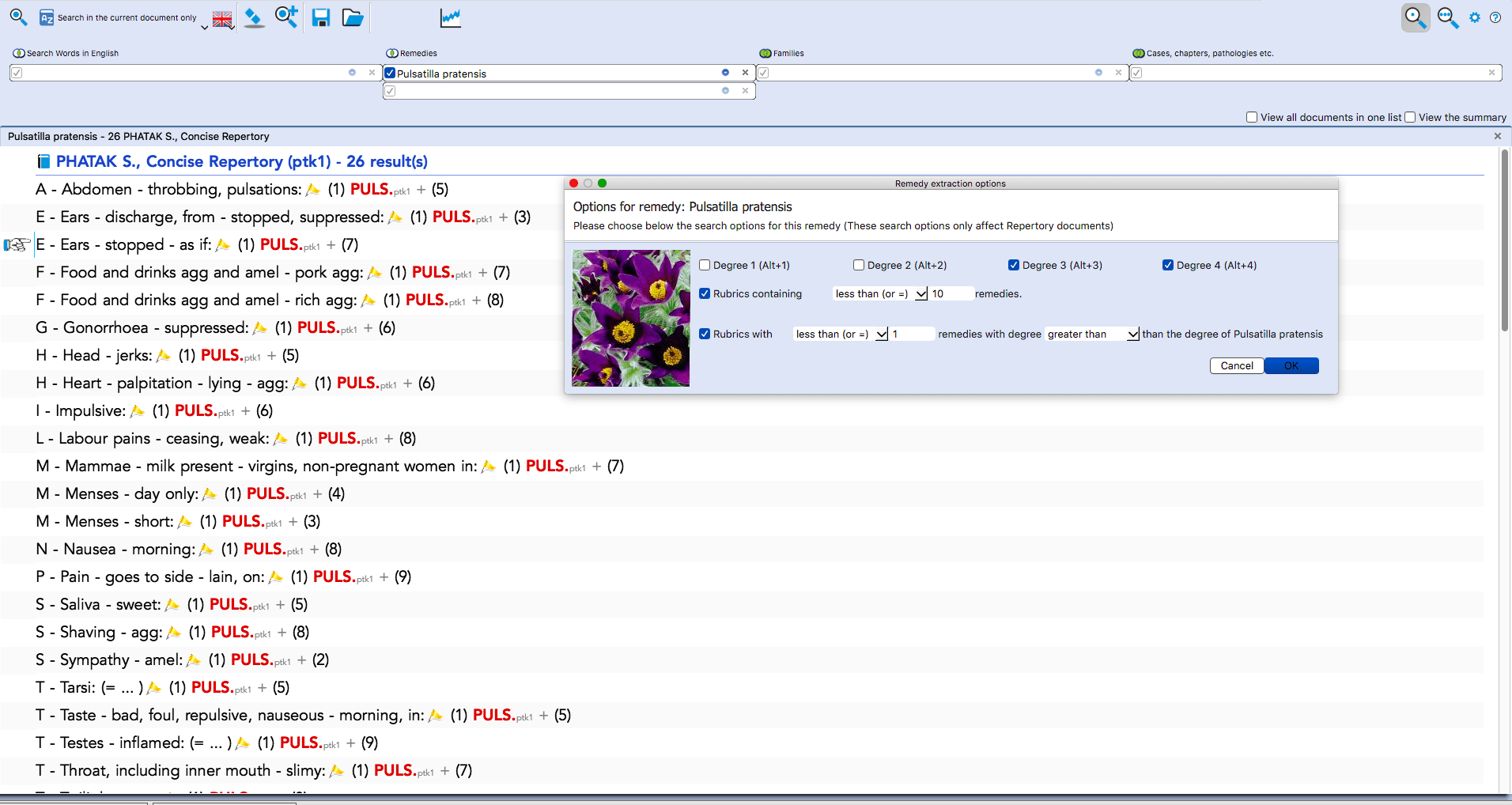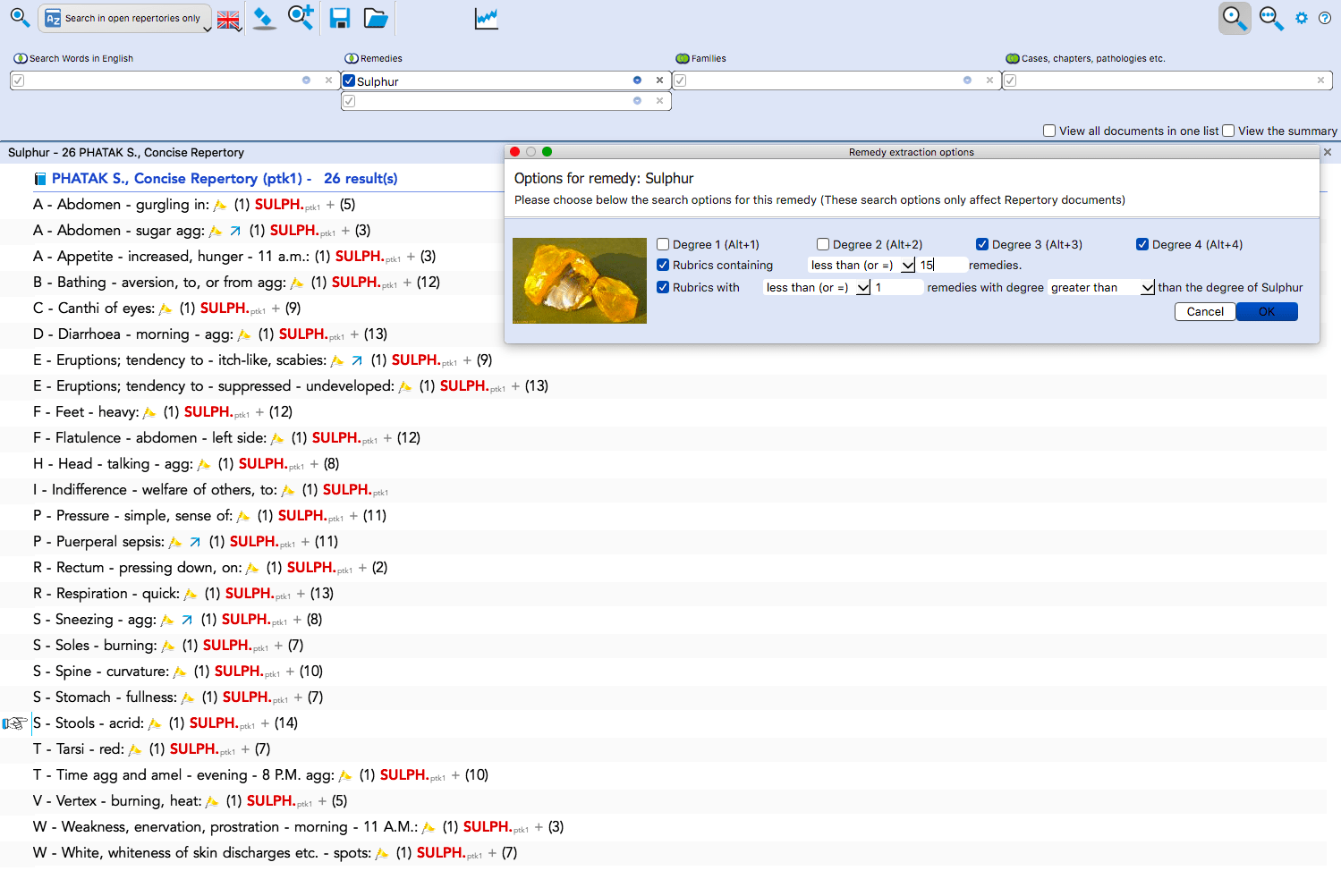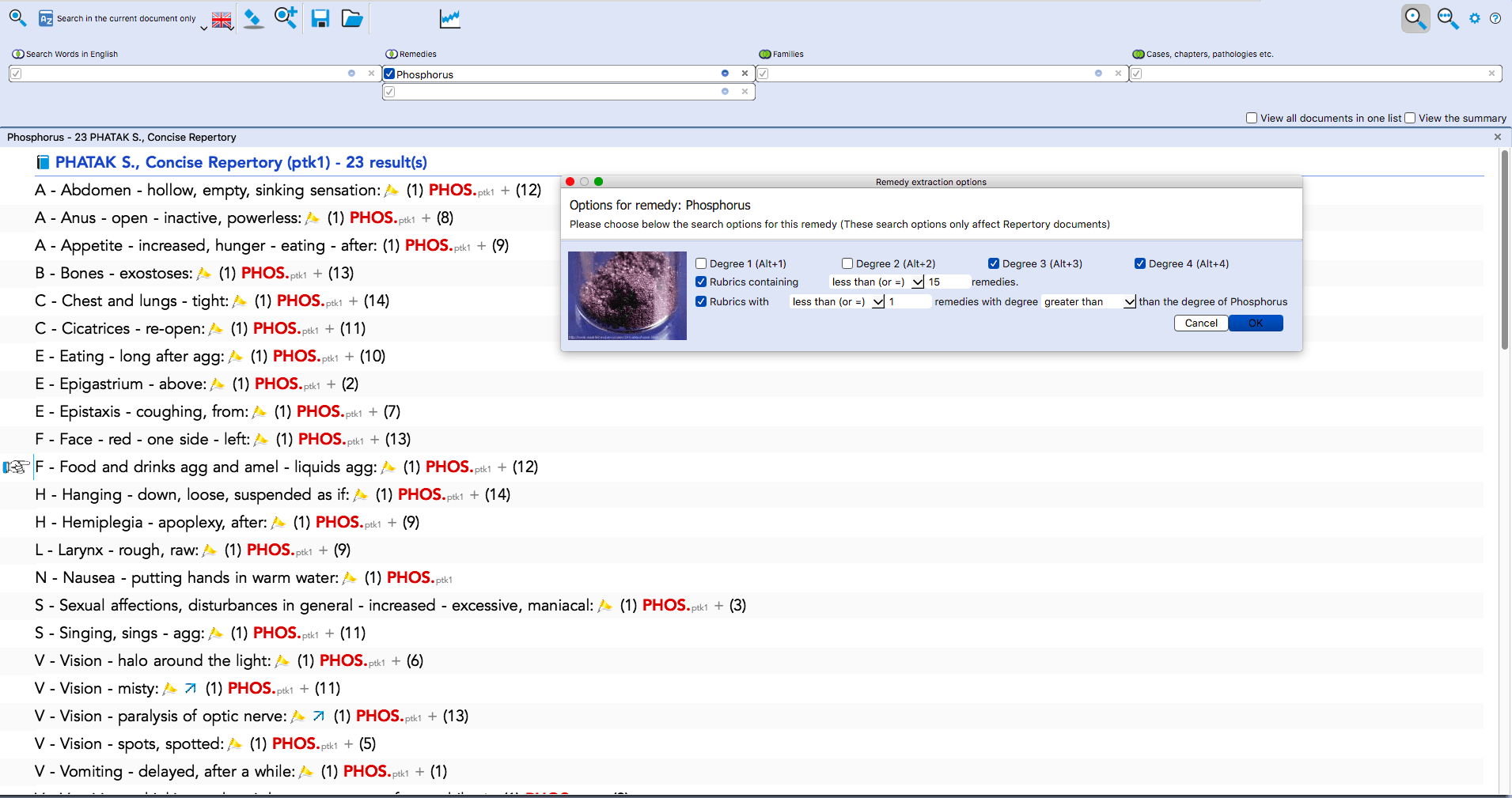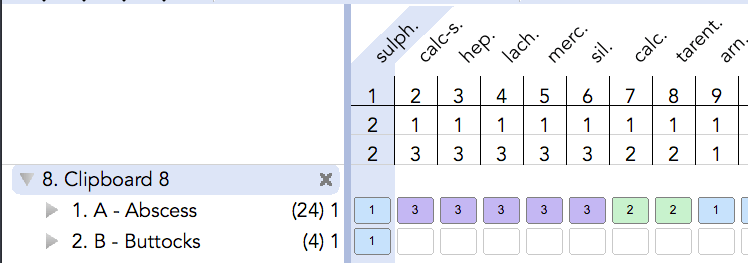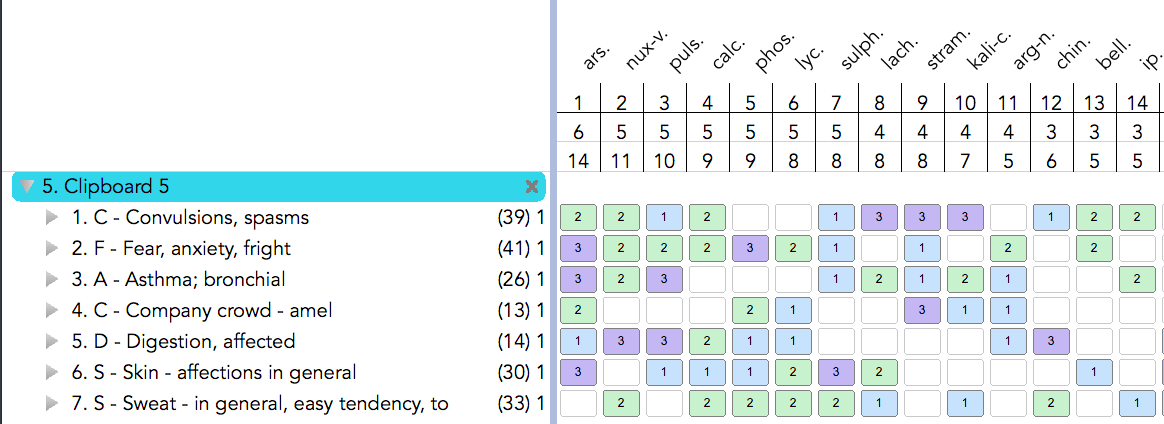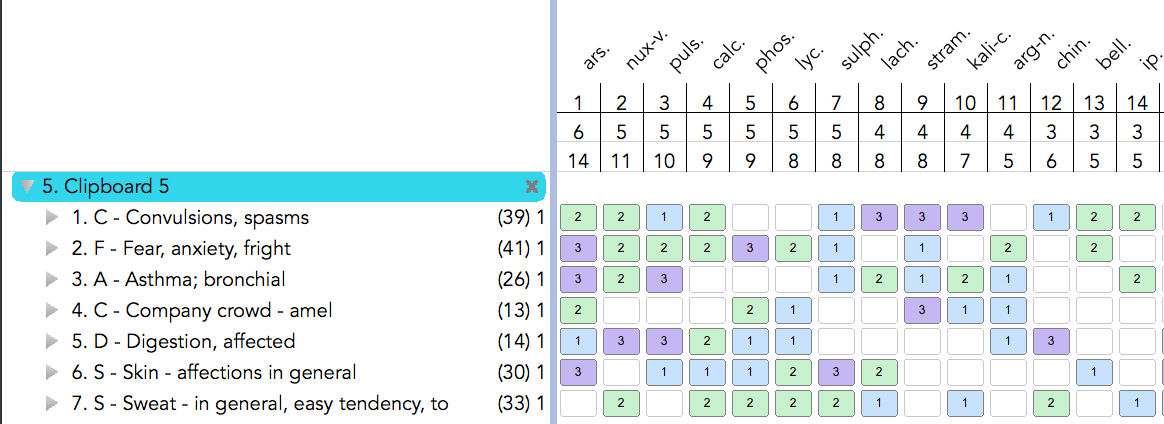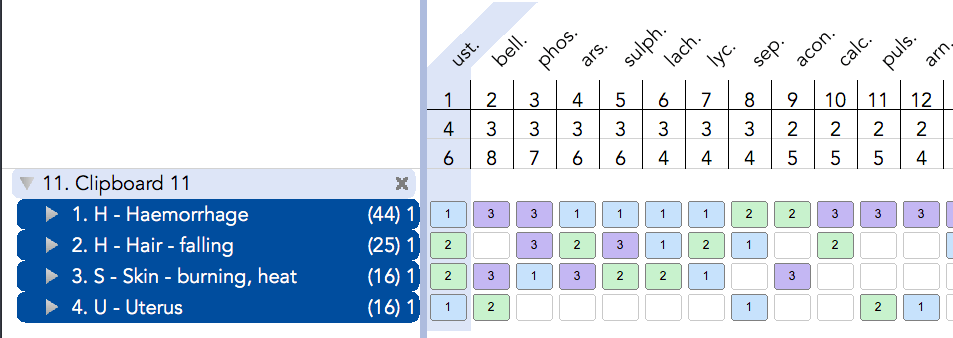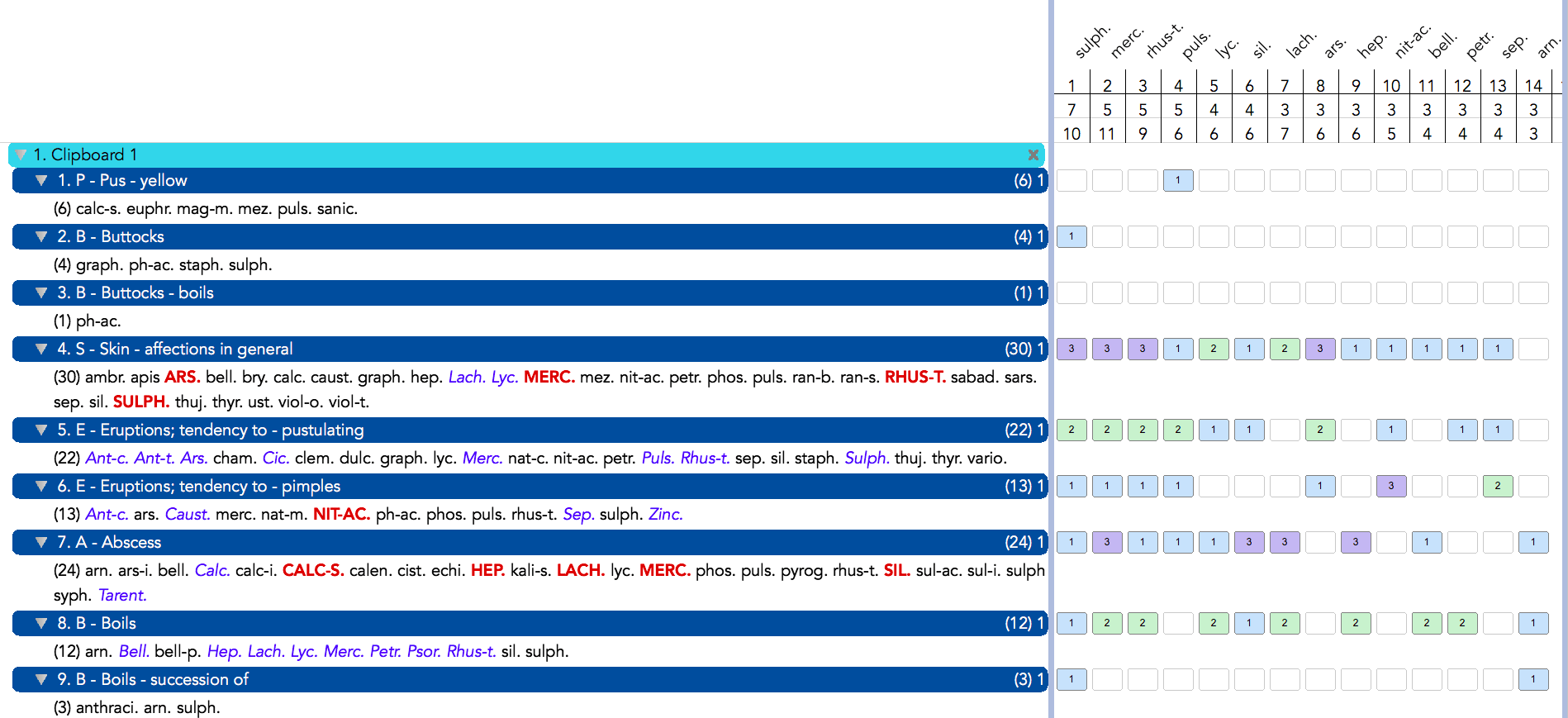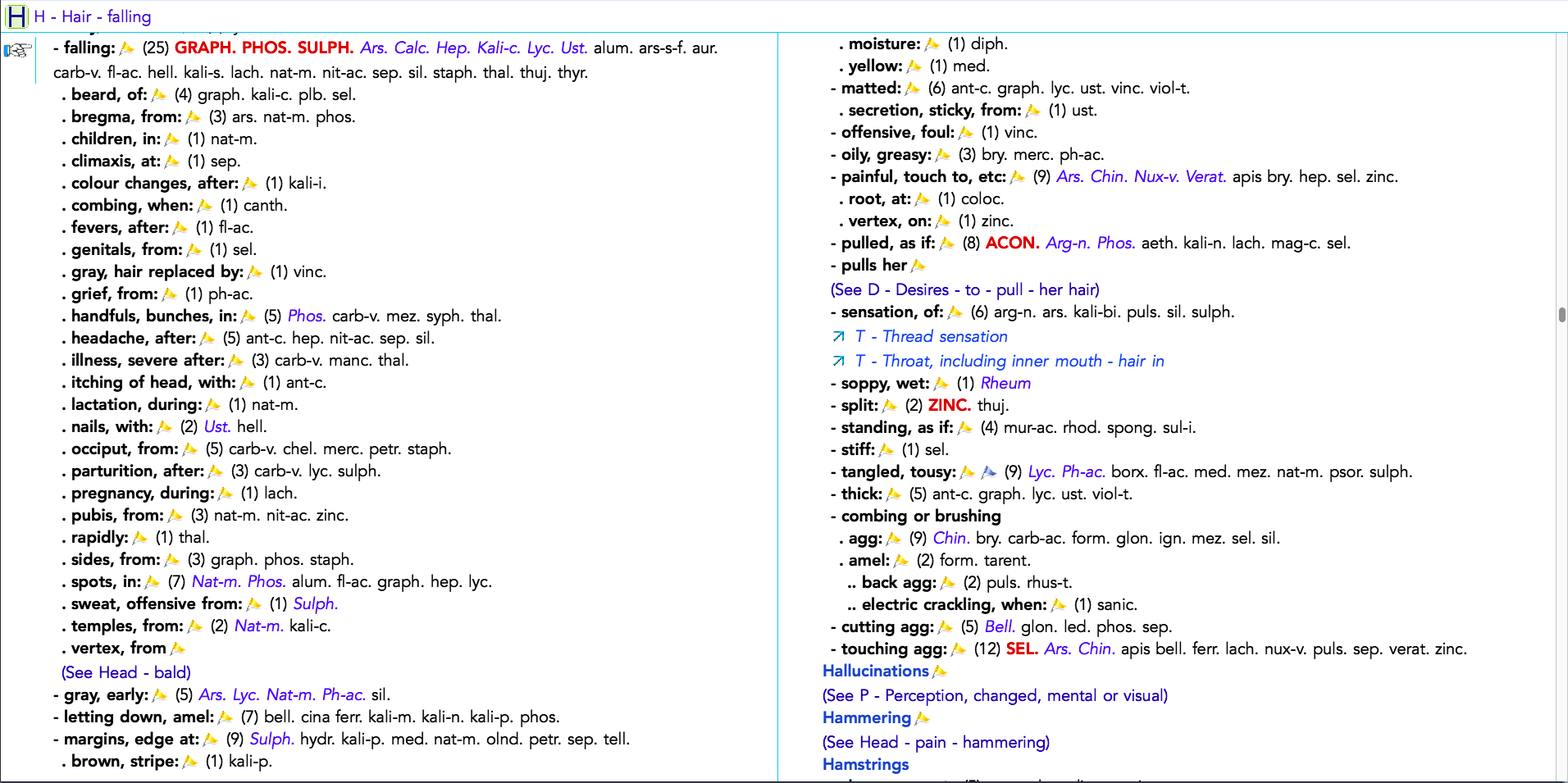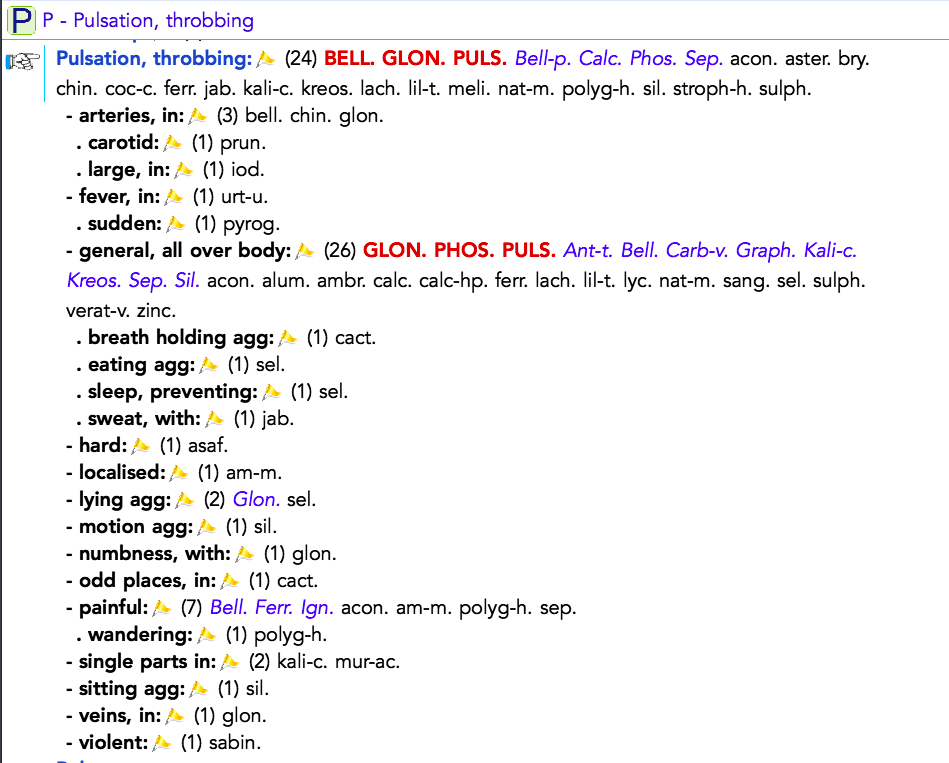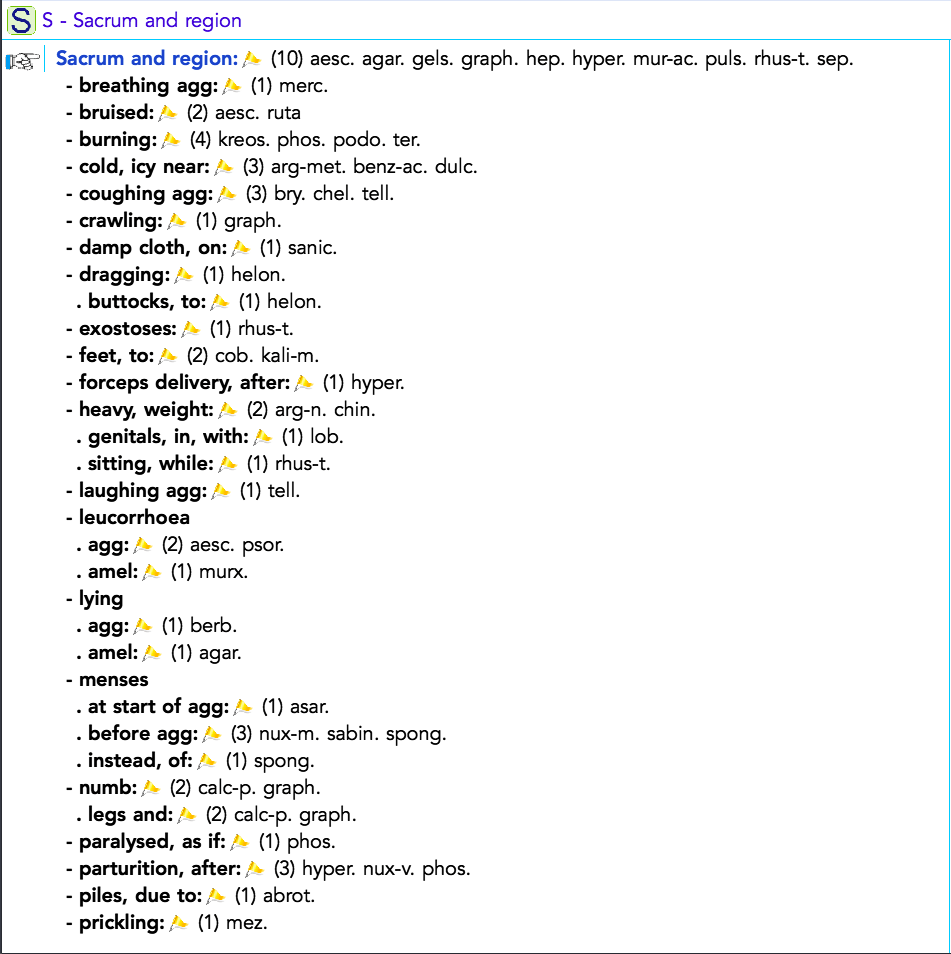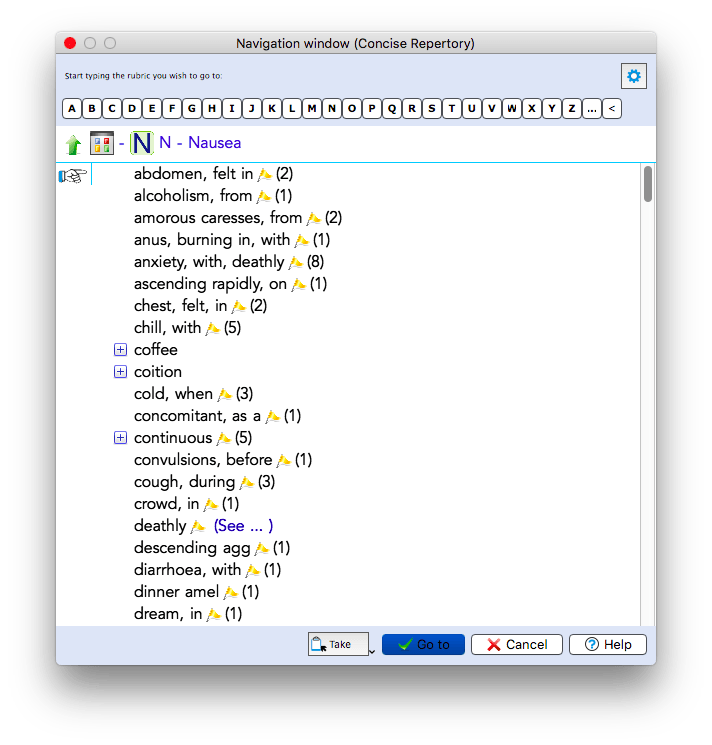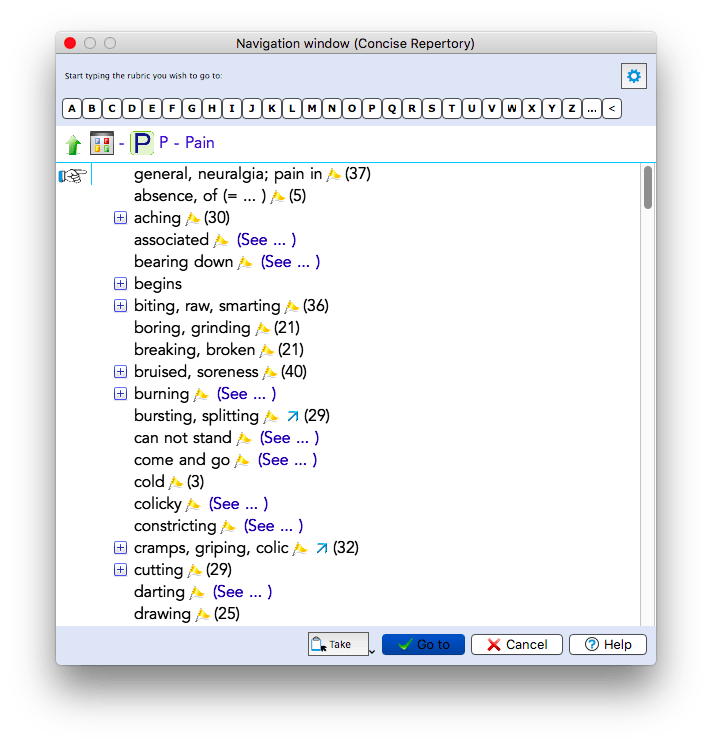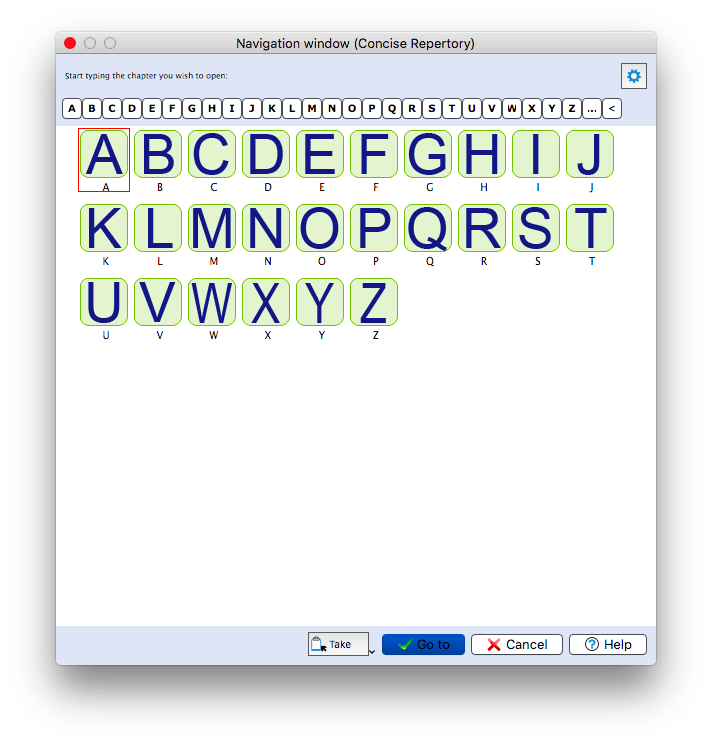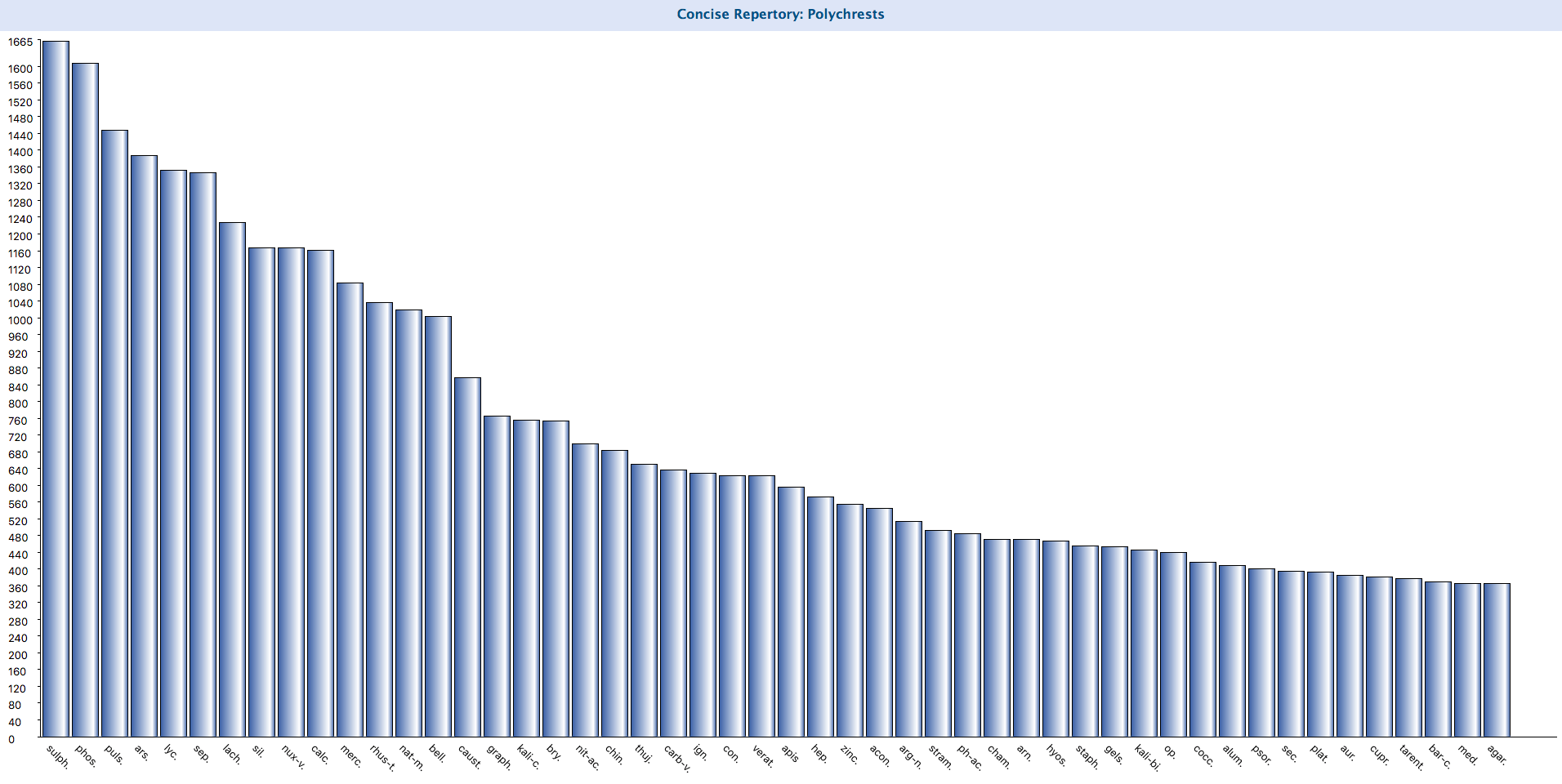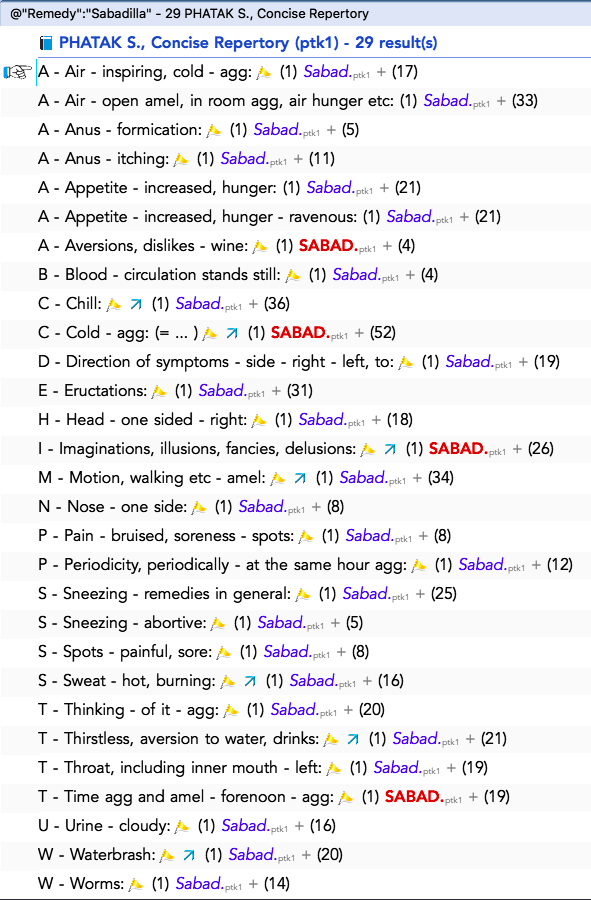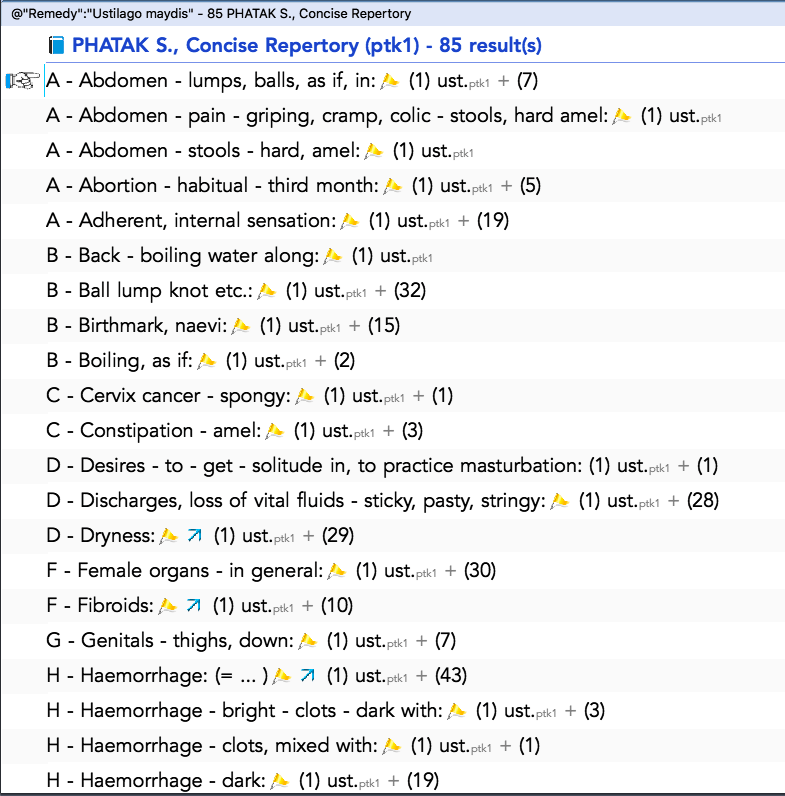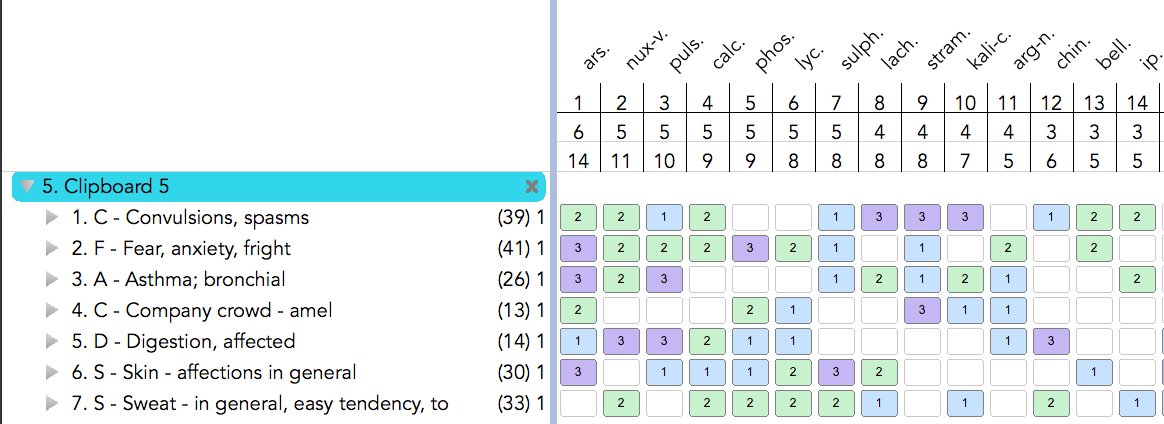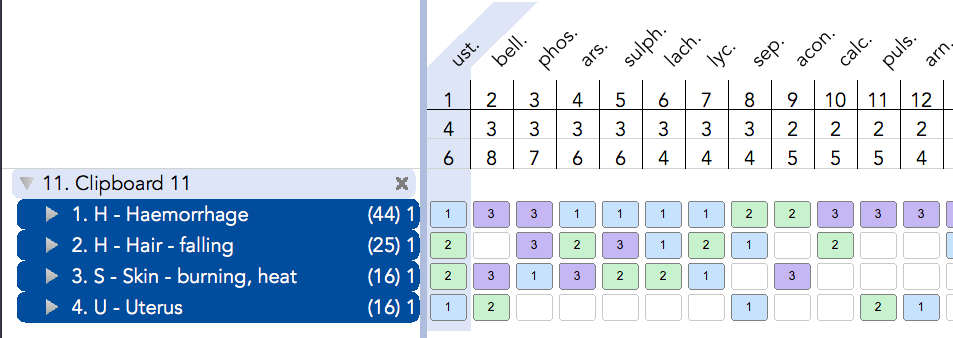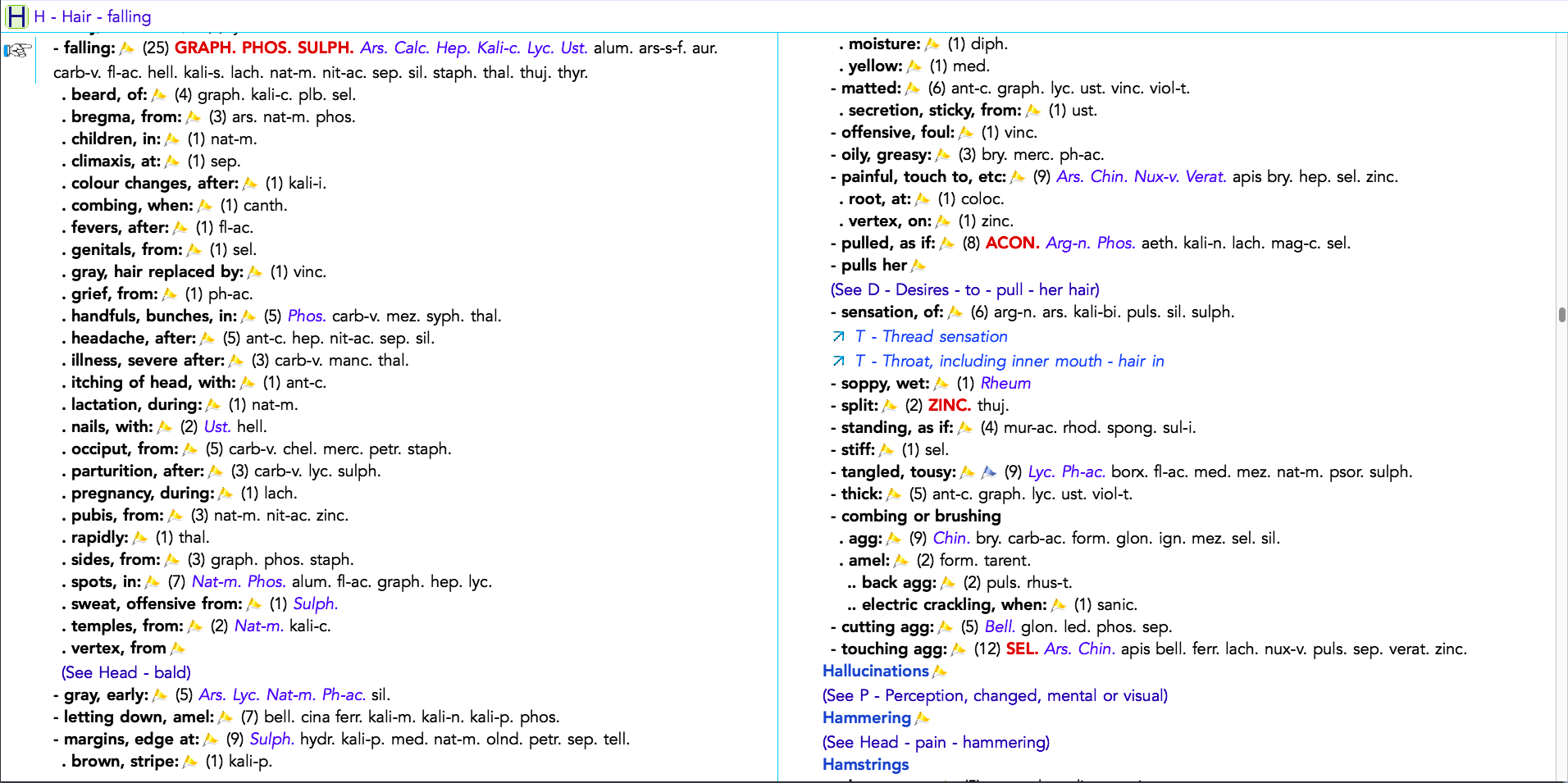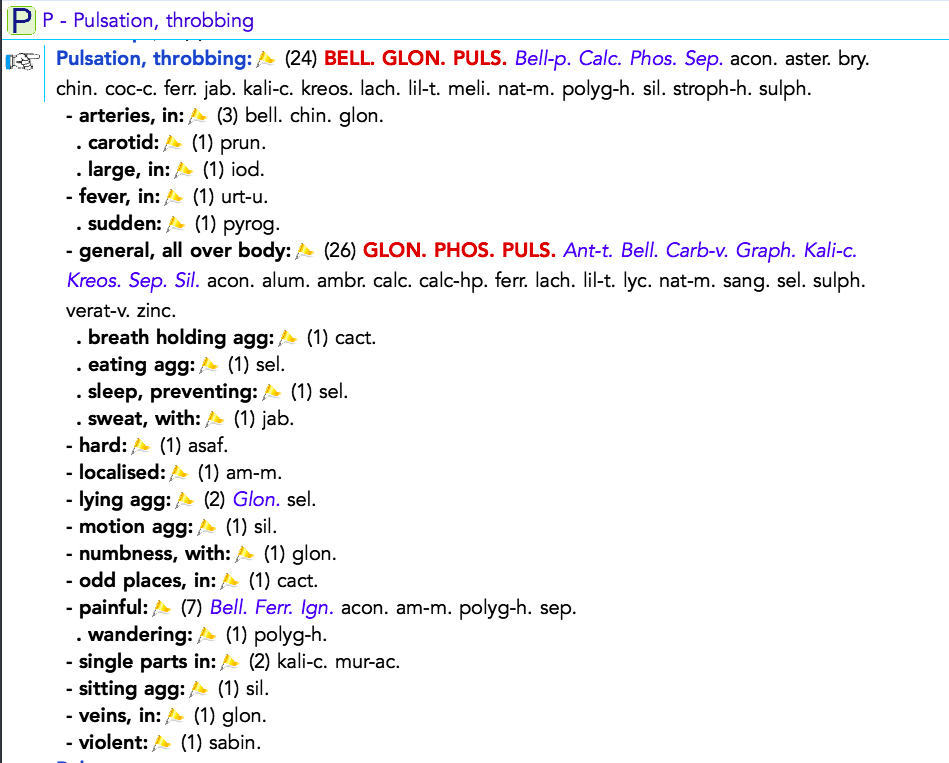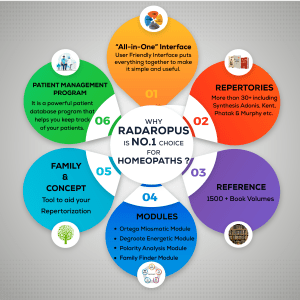Dr. S.R. Phatak, is a genius prescriber in the field or province of homeopathy, He has contributed tremendously to the homeopathic writings and literature. Dr Phatak books are accessible in three languages— Hindi, English and Marathi. His book ‘Materia Medica’ is hugely popular both amidst the practitioners and students. His books offer us a perception into the philosophy and implementation of this extraordinary homeopath. His literature is enhanced with his own precise experiences and clinical observations.
A perfect repertory for the students, beginners and for those who trust in artistic prescribing. So It is an effort to lessen the difficulties or struggles of the prescriber.
It is the handy and simplest repertory in alphabetical order. Also used as a reference book.
- Students can work for the first case they desire to prescribe for.
- Remedies for a peculiar rubric are lessened to minimum possible by watchful selection which creates the drug selection simpler, easier and efficient.
- Contains the pathological entities and rubrics even that missed in the Kent’s repertory.
Based on:
It is an alphabetized re-working of Boenninghausen or Boger. This repertory is primarily built on the BOGER’S SYNOPTIC KEY and functions or ramification on the same philosophy.
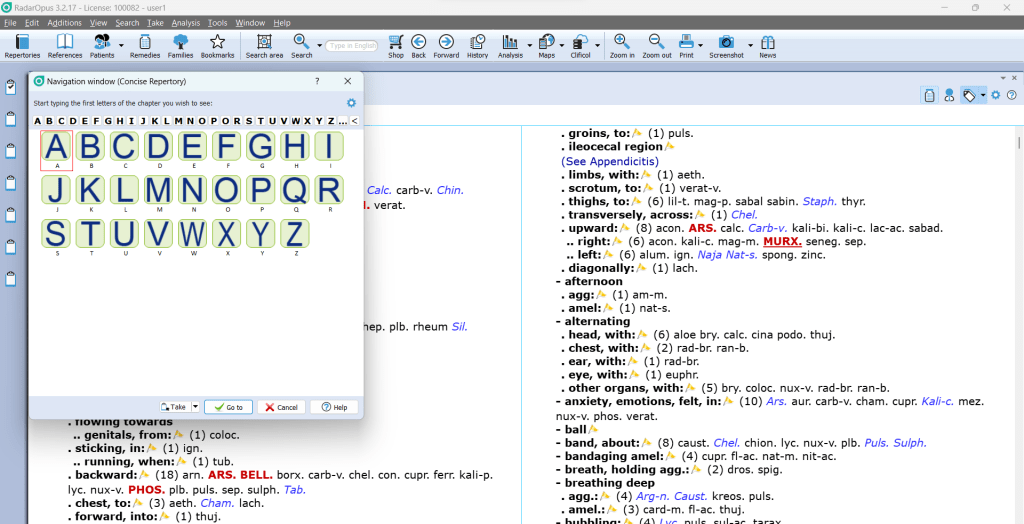
PLAN OF CONSTRUCTION – This repertory is printed in 2 columns in each of the pages. Although All the headings or subtitles are arranged alphabetically. The Repertory begins with Abdomen, affections in general & ends in Zygomae.
– Number of main rubrics is 1971
– Number of medicines- 393
– Unique feature- another feature is the involvement of Indian food items, so one can recognize the picture introduced by the patient in a further refined manner.
– Dr Phatak has tested, confirmed and clinically proven each and every remedy and rubric before including or counting it to his repertory. Hence the addition has likewise come from his own clinical observation and case experiences or if it has been dynamically justified by masters like Boger, Kent or Clarke. So, it is a one of the time-tested repertory.
-Dr Phatak has stressed on offering an importance first to the modalities – in there too the causative modalities, which followed by the time modalities and later the postural ones. Although this repertory has accompanied the concept of ‘generalization’ and therefore if you can’t discover a symptom at the ‘particular’ measure or level, you can generalize it to discover a suitable drug.
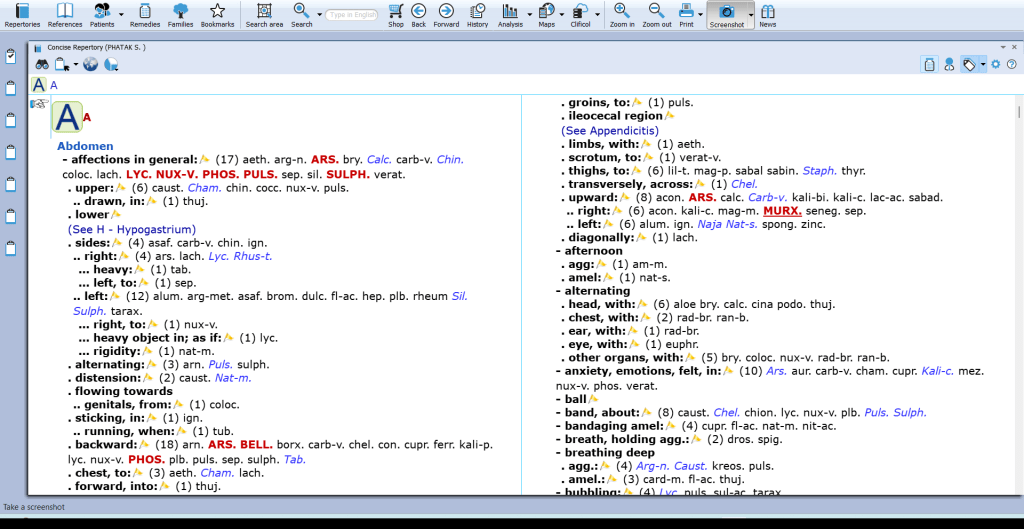
FEATURES: –
General modality displayed in capitals AGG. or AMEL. And the modality associated to a particular part is illustrated by small letters Agg. or Amel.
– Desires and Cravings are the two separate rubrics in the repertory.
– Under Desires, we can find all the mental rubrics. – Under Craving
– rubrics are related to food and drinks – Aversion- both the mental and food aversions are given
– Cross references are given anywhere necessary or mandatory in order to search the relevant rubric. This is given after the word “see’’ in brackets instantly after the drug.
– Causations are given under the aggravations. This repertory unable to take place of exhaustive repertories of Boenninghausen, Kent and others but it is directed at lessen the burden of the practitioner or prescriber, in every sight or sense of the word
